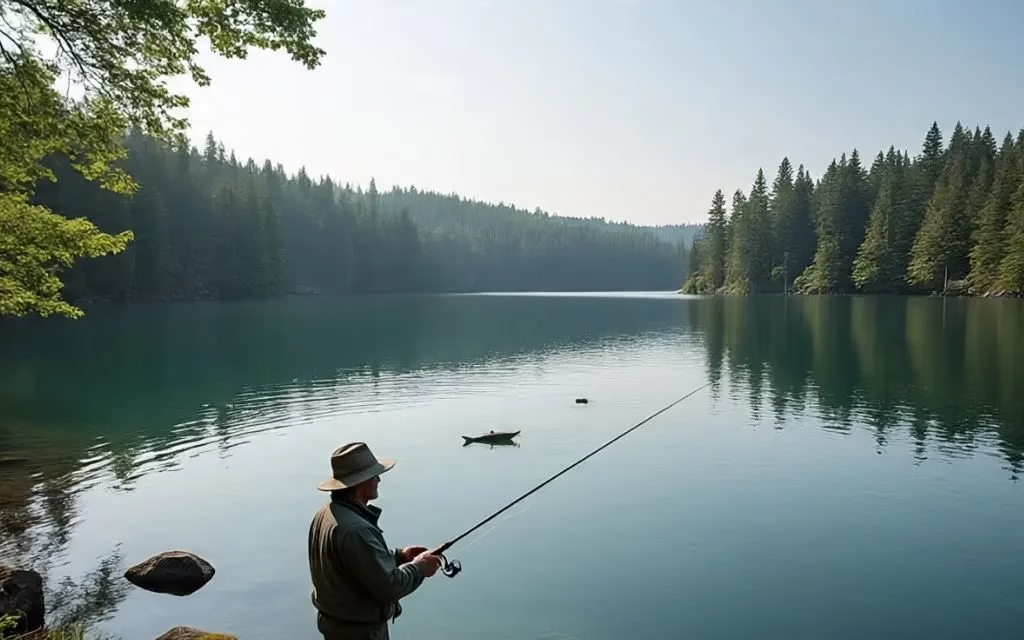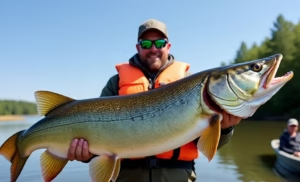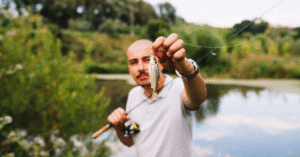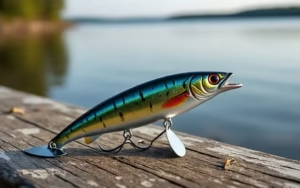how to catch fishing ,Whether you’re a novice or an expert, fishing for trout is a fantastic way to spend time outside. The good news is that trout can be caught without costly equipment or specialist knowledge. If you have the right plan, bait, and location, anyone can acquire this talent. From choosing the right equipment to understanding how trout behave in various seasons, this comprehensive book will teach you how to catch them successfully.
How to Interpret the Behavior of Trout
Before you can catch trout, you must understand their behavior. Because they are such fragile animals, trout thrive in clean, oxygen-rich water. In streams, rivers, lakes, and reservoirs, they consume insects, worms, and small fish.
Since trout are cold-water fish, they prefer water that is between 50°F and 60°F (10°C and 16°C). This indicates that they are frequently found in areas with shade, close to rocks, logs, or submerged structures. Although trout eat at different times of the day, morning and evening are the greatest times to go trout fishing.
When and where is the ideal time of year to go trout fishing?
Time is of the essence with How to Catch Fishing . The greatest seasons to fish are early spring and late fall because the water is at the ideal temperature and the trout are consuming a lot of food to fuel their bodies. Trout seek find cooler, deeper water during the summer. They are less active in the winter, but if you know how, you can still catch them.
Early in the morning or late in the afternoon are typically the best times to catch trout. Overcast days can also be excellent for fishing because trout feel more at ease coming out to feed when the sun isn’t shining.
Essentials for Trout Fishing
Although expensive equipment is not necessary to how to catch fishing, having the right equipment greatly improves your chances of success. For the majority of trout fishing situations, a light spinning rod or fly-fishing equipment is ideal. For streams, use a 4- to 6-pound test line; for lakes, use an 8-pound test line.
In terms of bait, trout are opportunistic feeders. Worms, minnows, and even phony lures that resemble tiny fish and insects will be attacked by them. Dry flies, nymphs, or streamers are frequently used by those who wish to fly fish. Those that enjoy spinning fish could favor spoons and spinners.
Methods for Getting Trout
Where you fish determines how you fish. Try throwing upstream and letting the recently naturally carry your bait when fishing in rivers and seas. Pulling trout out of lakes and ponds slow is preferable since they frequently hit moving things.
Fly fishing requirments patience and accuracy. You can significantly increase your chances of success if you learn how to cast properly and present the fly naturally on the water’s surface. To find out what causes fish to bite, people who use spinning gear should vary the speed at which they reel in their lines.
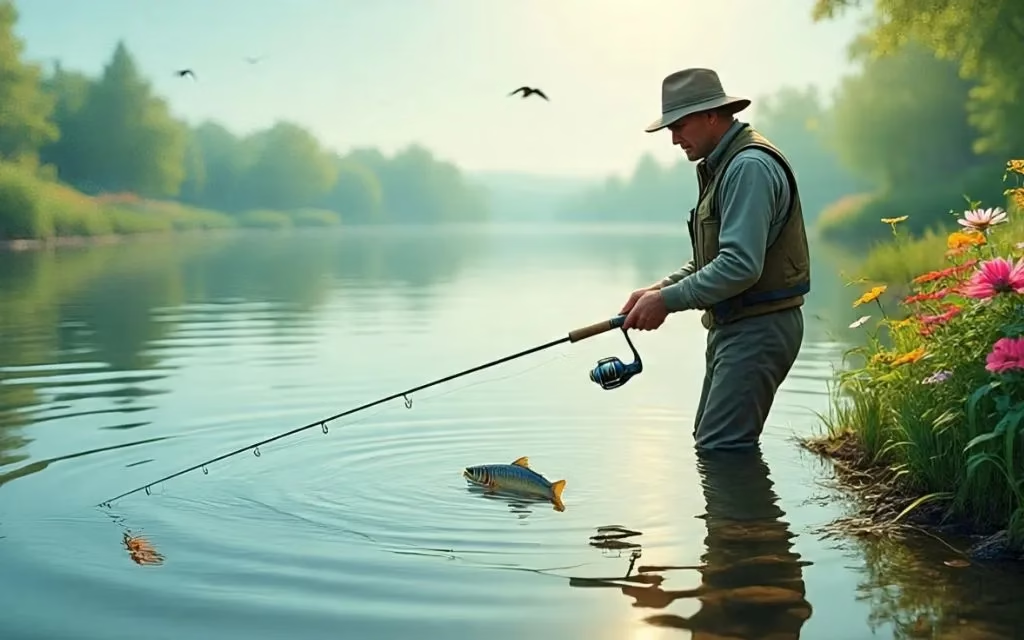
Two main Pointers for Fishing for Trout:
Keep quiet: Trout are easily frightened and have excellent vision. Avoid casting shadows on the water, move slowly, and don’t wear well clothing.
Match the Hatch: Choose bait or lures that resemble the recently food sources of trout by observing the insects in the water.
Things You Must Avoid
One of the most frequent mistakes made by anglers is the use of heavy tackle. A heavy line and large hook will keep trout away since they are afraid of unremarable movement. Ignoring the water’s temperature and the time of day, which are crucial factors for success, is another error.
Finally, your chances will be harmed if you make too much noise or throw too much near the how to catch fishing spot. Always arrive in quite and throw accurately.
The morality of catch-and-release
If you catch a fish and release it, treat it with kindness and limit its time out of the water. Use barbless hooks to make it easier to remove the trout and always moisten your hands before handling it to preserve its delicate slime coating.
Final Thoughts on Trout Catching
Learning to how to catch trout is not difficult, but you must have the right plan, be patient, and pay close attention. Use basic gear, choose the correct location, and develop your ability to read trout behavior. Whether they are using a spinner in a lake or casting a fly on a mountain stream, all anglers enjoy the excitement of catching a trout.
These pointers can help you have a successful next trout fishing trip. Remember that you will improve the more time you spend on the water. Thus, grab your pole, head out, and begin fishing immediately!

